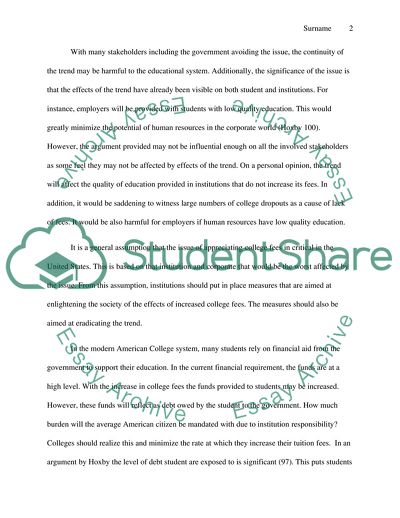Cite this document
(The Access of Education in the United States Case Study, n.d.)
The Access of Education in the United States Case Study. https://studentshare.org/education/1825454-persuasive-and-argumentative-paper-on-increased-college-tuition-and-its-effects
The Access of Education in the United States Case Study. https://studentshare.org/education/1825454-persuasive-and-argumentative-paper-on-increased-college-tuition-and-its-effects
(The Access of Education in the United States Case Study)
The Access of Education in the United States Case Study. https://studentshare.org/education/1825454-persuasive-and-argumentative-paper-on-increased-college-tuition-and-its-effects.
The Access of Education in the United States Case Study. https://studentshare.org/education/1825454-persuasive-and-argumentative-paper-on-increased-college-tuition-and-its-effects.
“The Access of Education in the United States Case Study”. https://studentshare.org/education/1825454-persuasive-and-argumentative-paper-on-increased-college-tuition-and-its-effects.


